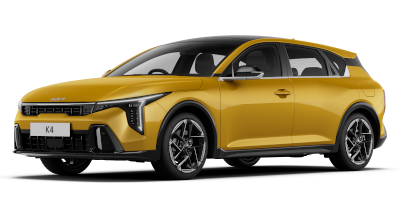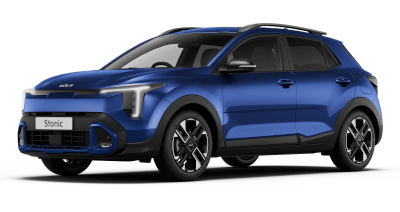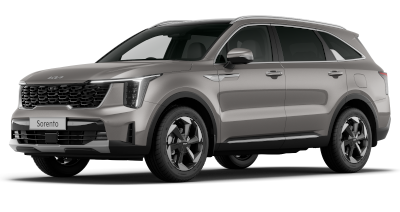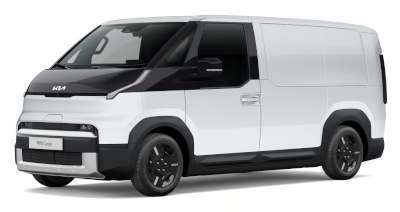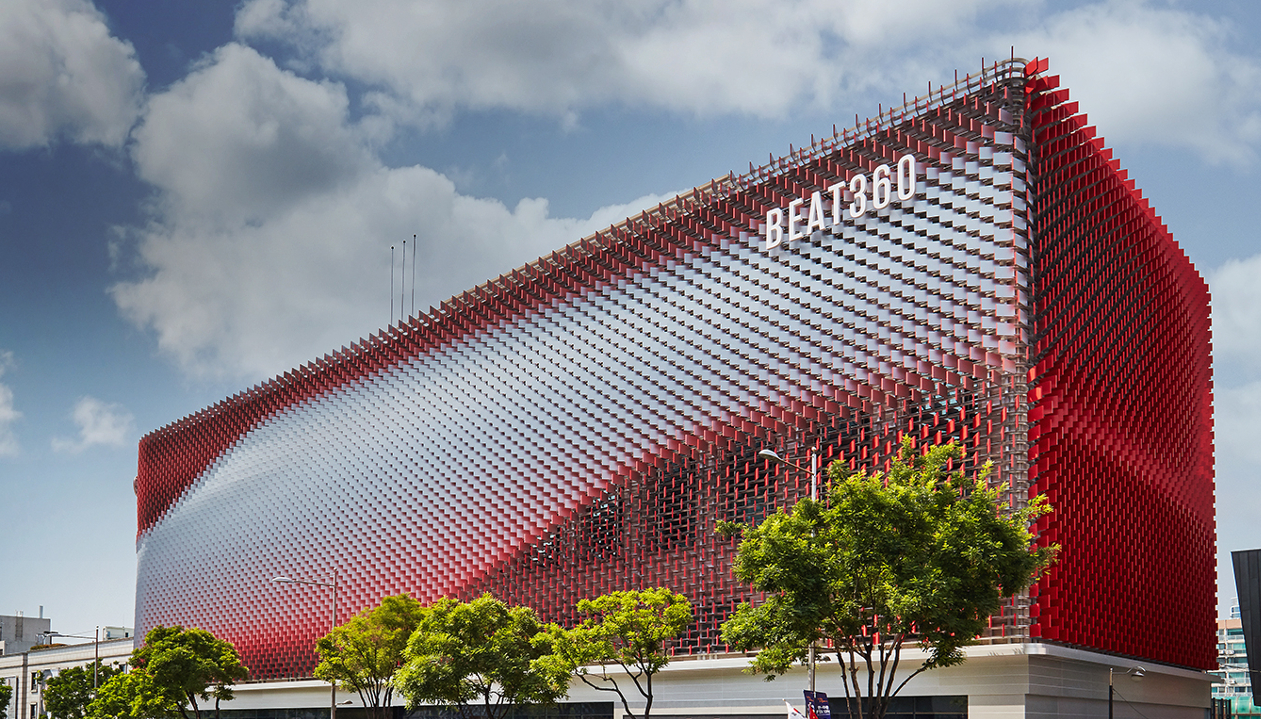INTERVIEW: EVOLUTION OF SORENTO DESIGN
From its first reveal back in 2002, the all new, fourth generation Kia Sorento have forged its own distinctive path. Representing a prominent characteristic and greater innovative evolution than its predecessors.
With the new platform and refined boldness, Senior Designer Seo JeWon takes us through the different design and distinctive features through time.
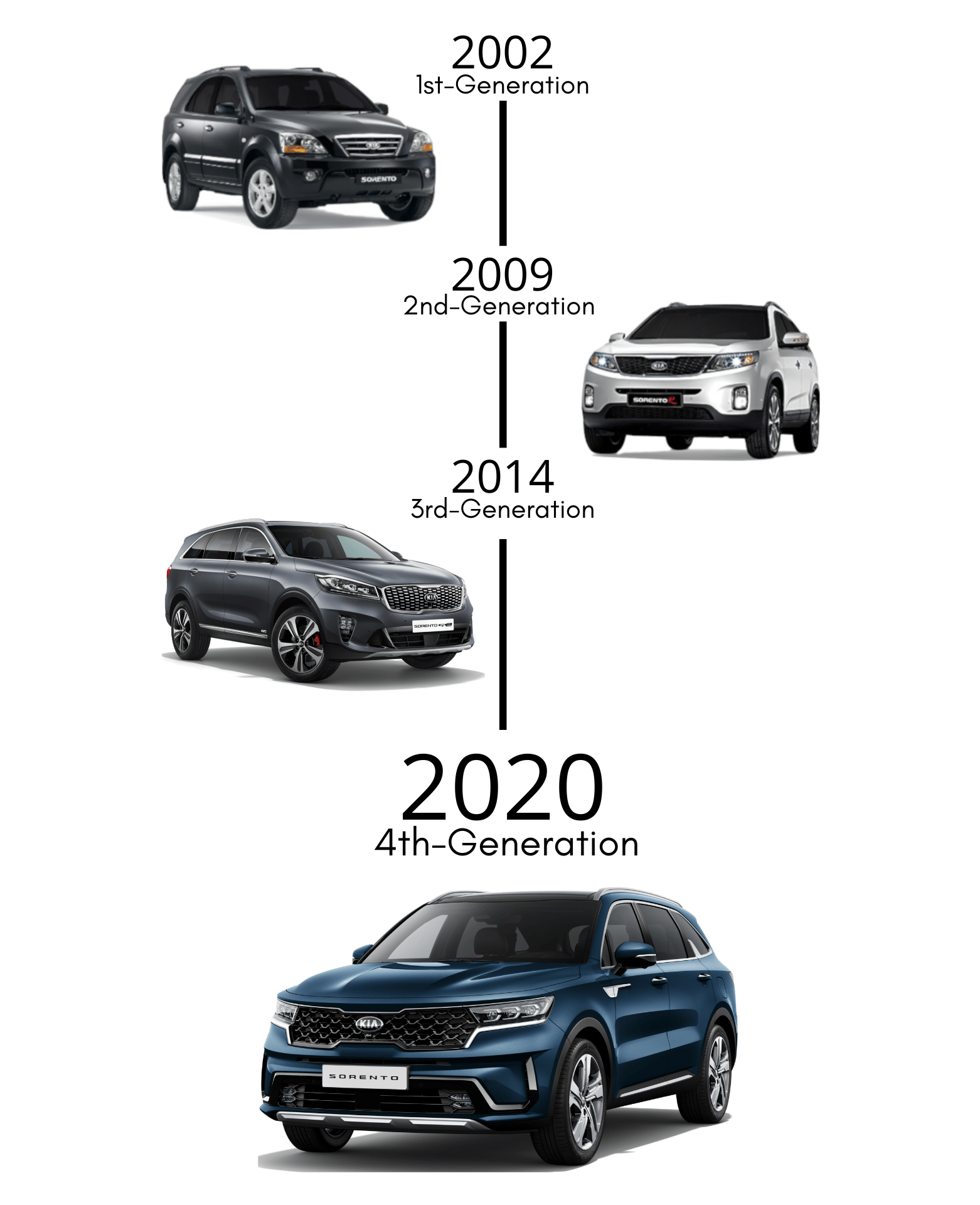
Q1. What are the unique design characteristics of each generation?
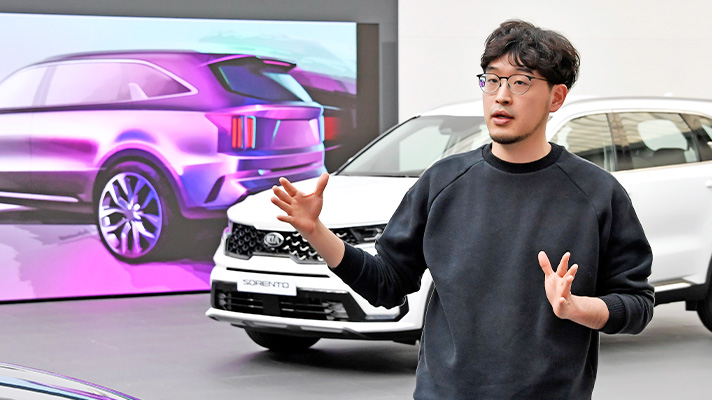
The first generation was a very traditional SUV for its body-on-frame design. The design contained a short wheelbase and long overhangs, therefore a tallfirm-looking body. The second-generation Sorento has a longer wheelbase and lower body making it look closer to the golden ratio. Its urban sleek design gained extra space and convenience. The third-generation model got much softer, with a voluptuous body and elegant looks.
Now, the new platform - the fourth-generation Sorento - represents a similar leap forward, engineered to maximize driving stability in all environments. Sorento is becoming more robust, bolder, and stronger.
Q2. How did Sorento’s ‘tiger-nose’ grille evolve?
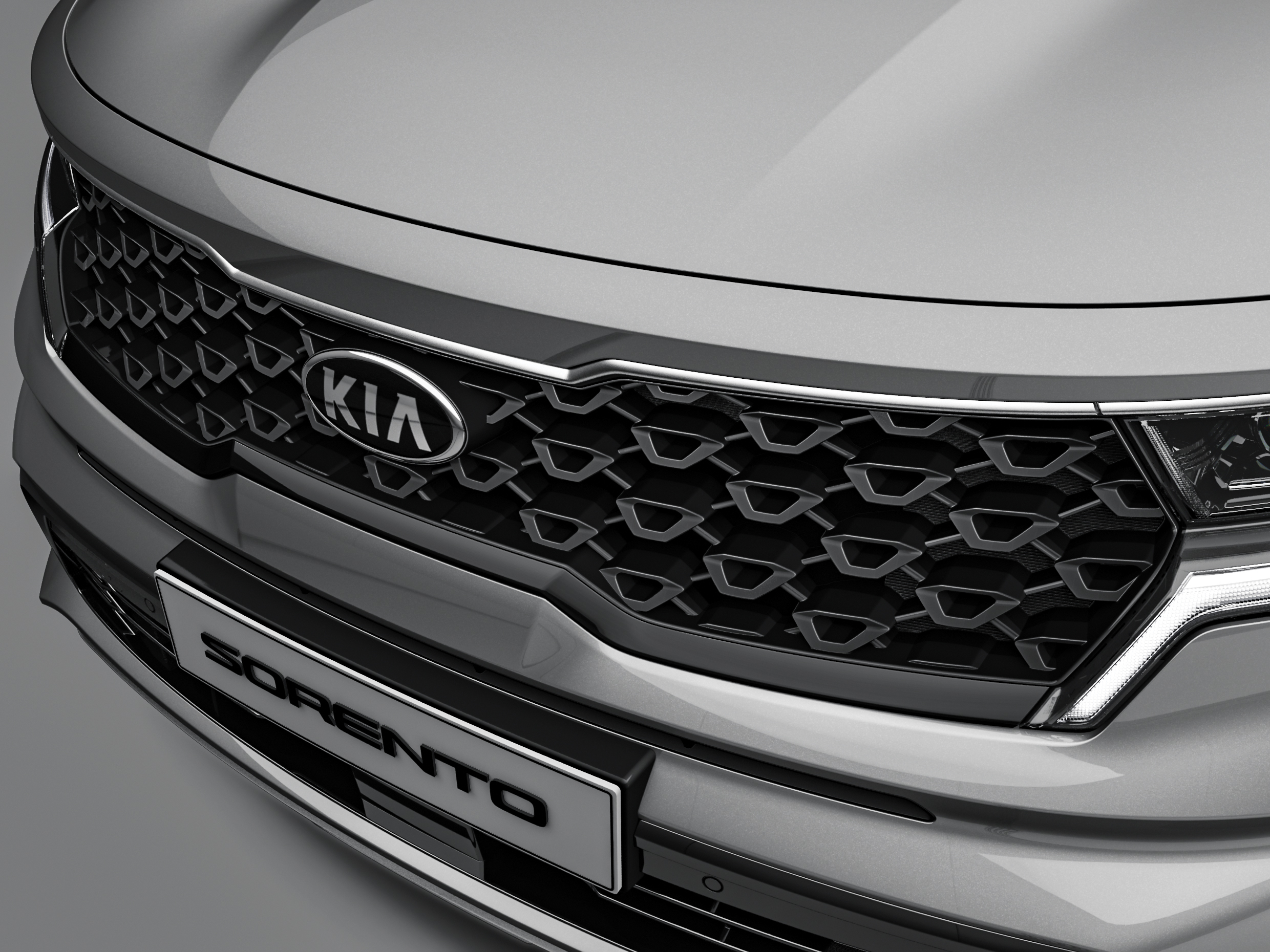
The front of the Sorento evolves with a new interpretation of Kia’s hallmark ‘tiger-nose’ grille which the second-generation model first had. It displays a wider shape that organically wraps around the integrated headlamps on each side. The headlamps themselves feature a new ‘tiger eyeliner’ LED daytime running light (DRL), adding extra focus to the design by depicting the intense impression of the lines around a tiger’s eyes.
This sharper, more assertive appearance is complemented by a wide, rectangular lower air intake, bookended by wing-shaped air curtains to channel air around the car. A sharp bumper lip is also capped with a skid plate, enhancing its robust appearance. The new model is wider than the third-generation Sorento.
RELATED: Kia Celebrates 10 Years of the Tiger Nose Grille
Q3. Which design element of earlier generations of Sorento did you try to retain?
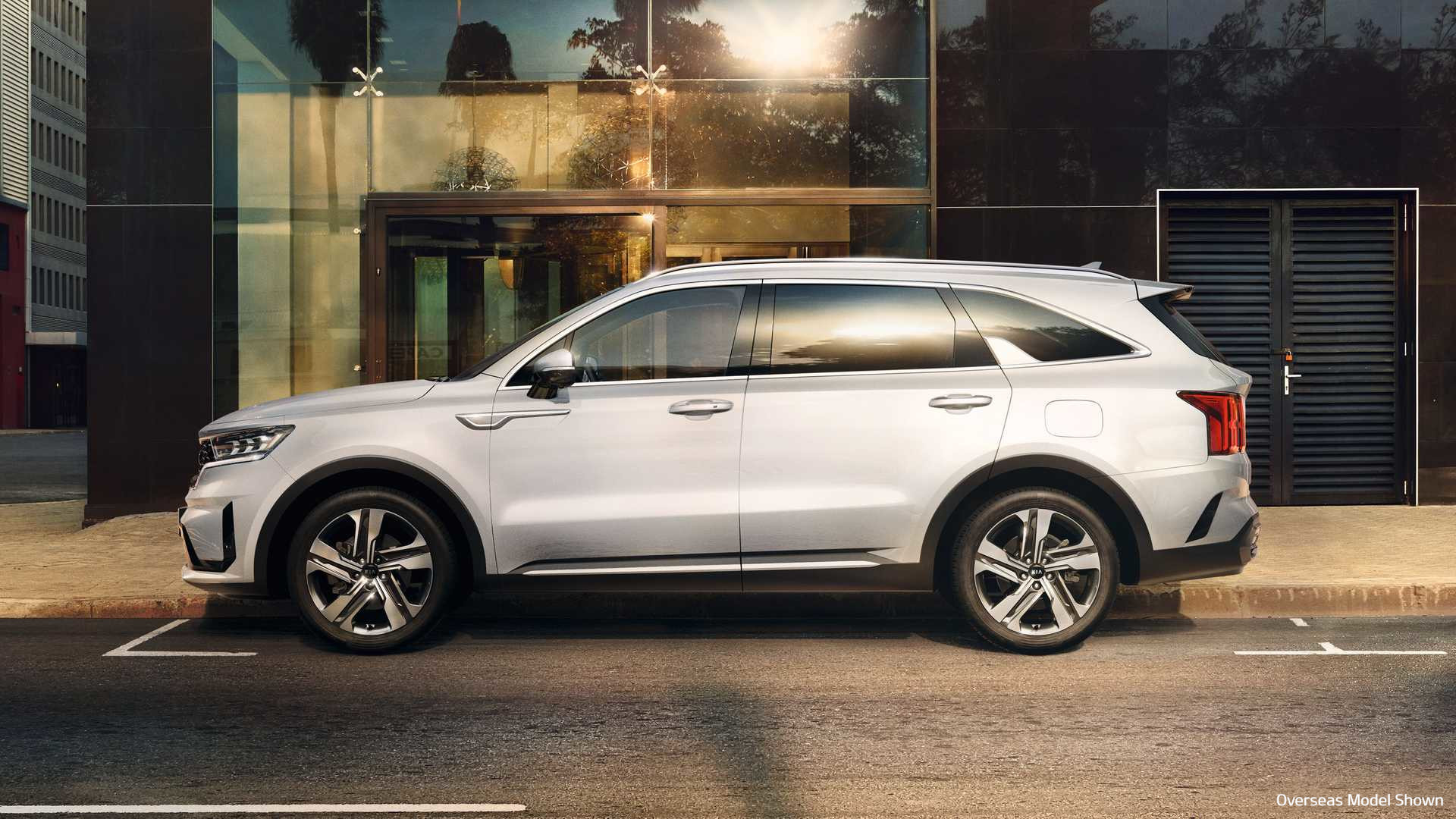
It retains the characteristic wide D-pillar, substantial bodywork and clad wheel arches that have defined all three generations to-date. It also sculpted body surfaces with sharp creases, giving it more sophisticated and chic look.
Q4. What does the concept ‘Refined Boldness’ suggest?
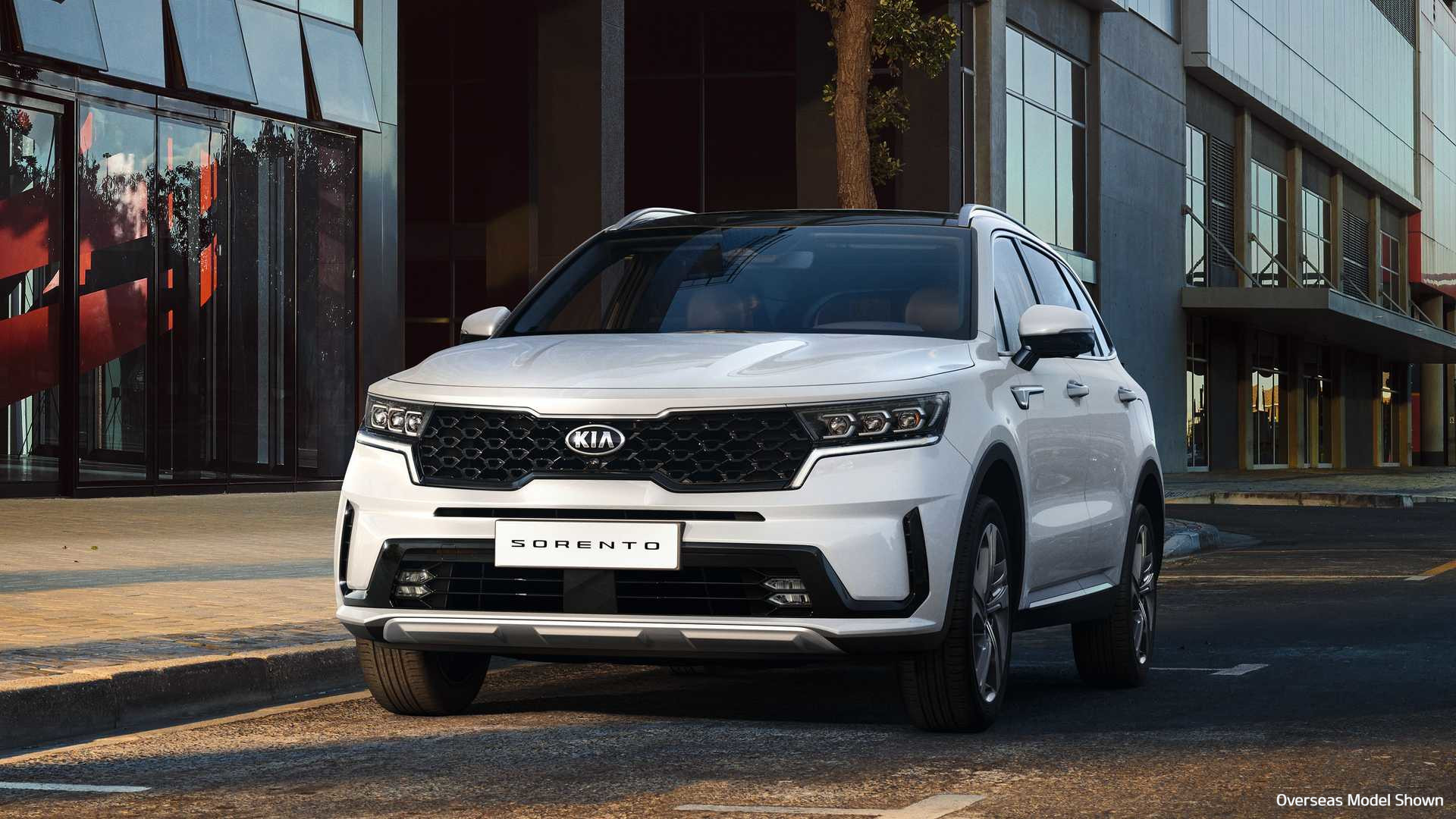
The concept of ‘refined boldness’ inspired Kia’s designers, who sought to maintain the robust, tough-looking aesthetic of earlier generations of Sorento. It applies a greater degree of refinement and elegance and even a sense of sportiness. The body work incorporates shape lines and creases – noticeably more sculpted than its more round-edged predecessor. With more contemporary geometric details and more swept-back, elongated proportions, the result is a more confident, more mature and more desirable design than ever.
Q5. What does the character line represent?
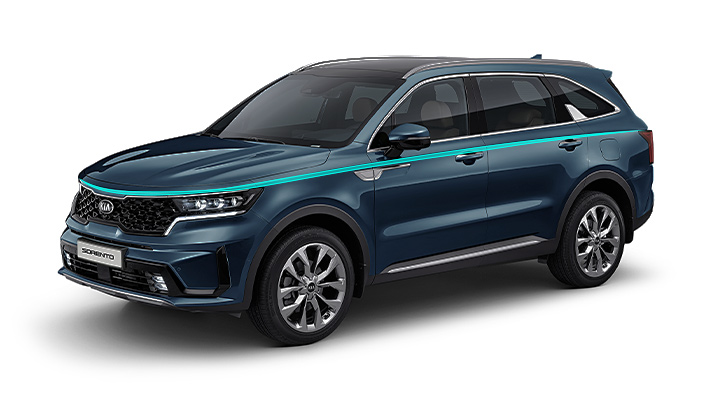
The subtle changes of the fourth gen Sorento has made the overall profile appear longer and faster. The additional length can be found in the wheelbase, adding to the visual characteristics of the Sorento. The trailing edge of the hood wraps around the front wings as it turns into a single, stronger character line that extends along the side of the Sorento and into the rear lamps. Whilst the new cascading grille blends into the island hood and redefine it's voluminous proportions showcasing its extended body.
Q6. Did the new platform play a huge part as you design the exterior?
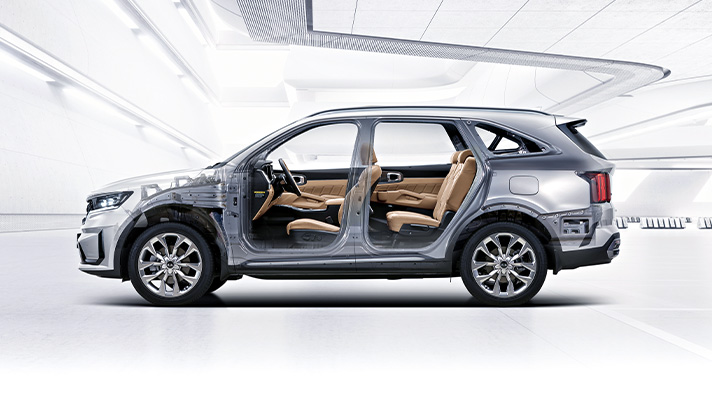
The new platform is based around a compact engine bay structure and shorter front and rear overhangs, with a longer wheelbase creating greater cabin space between the axles. Not only does this enable the new model’s stylish design and a bigger cabin; the structure and layout of the new platform mean the Sorento is able to be more powerful and safer.
We poured our hearts out within its new look. We wanted to make it look stronger and firm at the front, but slender and sleek from the side. The side character line did all the magic. Traditional SUVs have a strong-looking, box-like back for its horizontal character line of Sorento, however, looks arch-like, just like that of sedans. This makes it overall look sleek, despite the angles all over the body.
Q7. How would you describe the rear design elements, especially the tail lamps?

Inspired by the Telluride, the Sorento adopts new vertical tail lamps that wrap around the side of the body. Sharper lines in the bodywork echo the straight, technical appearance of the front of the car, with horizontal shapes used to make the vehicle appear wider and more imposing on the road. Trim on the sporty lower rear bumper embodies the appearance of dual tailpipes and, like the front, features a skid plate to add to its tough SUV aesthetic. The next-generation model follows other recent Kia models, with the bigger Sorento model name displayed centrally across the tailgate.
Q8. Which design feature would be the most attractive?

I would say the unique interpretation of Kia’s hallmark ‘tiger-nose’ grille. It displays a wider shape that organically wraps around the integrated headlamps on each side. The headlamps themselves features a new ‘tiger eyeliner’ LED daytime running light (DRL), adding extra focus to the design by depicting the intense impression of the lines around a tiger’s eyes. The ‘tiger-nose’ grille is full of a Crystal Flake design, which is inspired by the shape of ice flakes and gemstones.
The shark fin garnish at the C-pillar is quite a catch. This sharper, more assertive appearance is complemented by a wider rectangular lower air intake, bookended by wing-shaped air curtains that channel air around the car. These are usually used for sedans or sports cars, but the fourth-generation Sorento tried to achieve the A sharp bumper lip that is capped with a skid plate to enhance its robust appearance.
Interior Design: The Pinnacle of Craftsmanship.
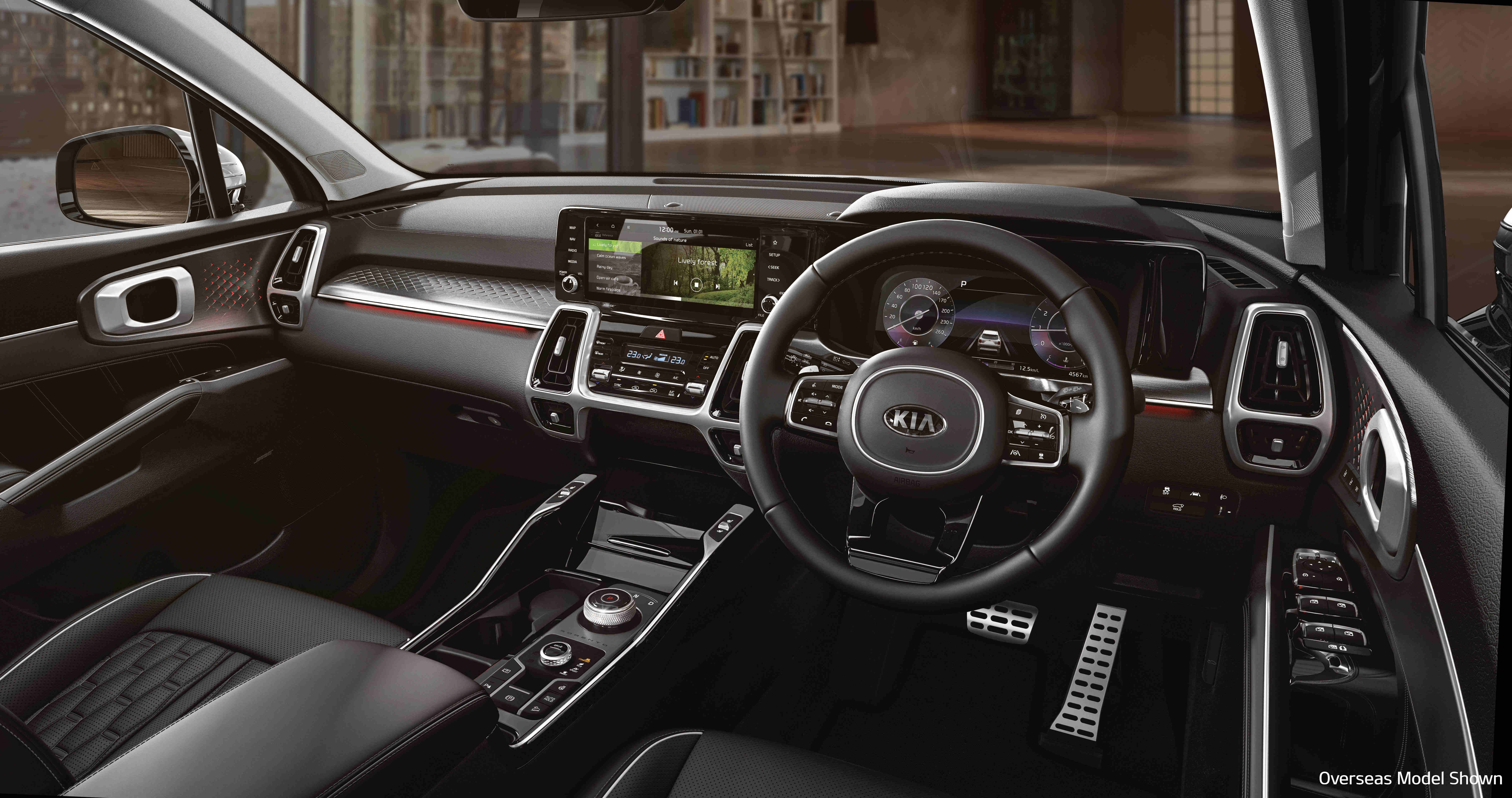
From a new platform to a new design, the fourth-generation Sorento flashes its innovative interior and colours. Senior Designer Kim YoungMoo at Kia Interior Design Team and Designer Choi YeonHee at Kia Colour Team talked about the unique design characteristics of Sorento.
Q1. What can you tell us about the interior concept?
The concept that represents ‘Functional Emotions’. One of the highest quality interior spaces found in any Kia to-date. The the intuitive, tech-oriented cabin is fitted with straight lines and grip handles. It retains the spaciousness and versatility that is characterised as the Sorento.
Q2. Tell us about the interior design of Sorento.
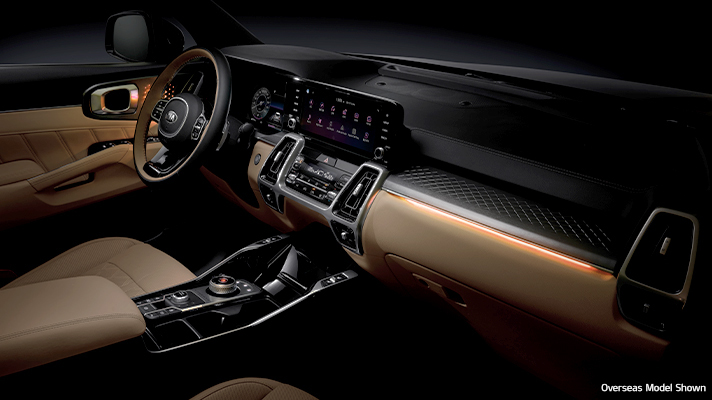
The attractive, upscale cabin introduces a sophisticated next-generation design, based around twin digital displays in the dashboard. The 12.3-inch digital driver instrument cluster is twinned with 10.25-inch touchscreen infotainment and navigation system at the center of the dashboard. These display information clearly within the driver’s line of sight and create an innovative wide-screen user experience. The car’s many functions can also be controlled with new haptic buttons on either side of the screen, which also features further down the dashboard for the climate control system.
The cabin of the all new Sorento subtly integrates a range of other technologies, including an available Crystal Mood Lighting system. This emits soft ambient down lighting from beneath the dashboard and door trim, creating a lounge-like feeling and a greater sense of space. The focal point of the dashboard is the eye-catching vertical ventilation stack, with a chrome-effect surround that extends onto the center console below
Q3. Any special features for the passengers?
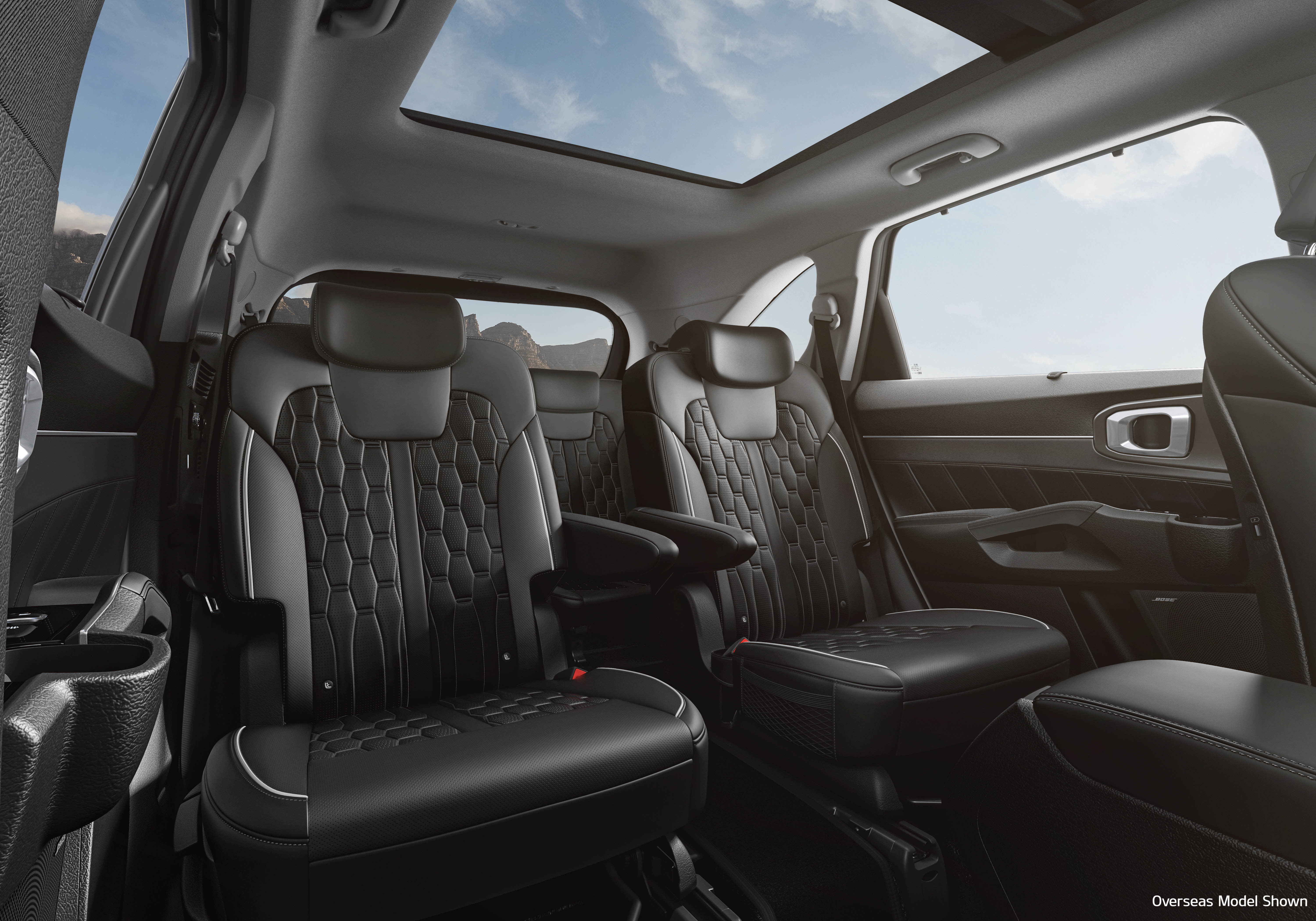
The Sorento did a fine job with practical third-row seating, and the new model makes life even easier for rear passengers. The second-row seats now slide further, creating a wider point of entry to the third row with more space for feet and legs. Once seated, the third-row armrest has also been extended for greater elbow support, while incorporating a cupholder and smartphone tray. All these made Sorento a great family SUV.
Q4. Tell us about the colours and the features of each paint.
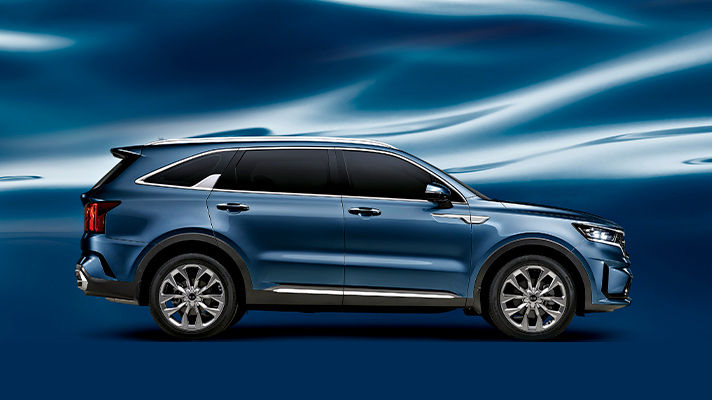
‘Mineral Blue’, a colour that was inspired by the deep Pacific Ocean. Representing huge waves with sparkling minerals in them. The paint, made with Xirallic blue and white pearl pigment, maximises the voluptuous body shape of the new Sorento and highlights its strong urban look.
Q5. The 3D patterns seem quite decorative.

It took much effort to highlight Sorento’s sophisticated character while still retaining its strong, robust identity. The diamond grid pattern in the aluminium-look trim within the dashboard is one example. The metallic trim, with a striped pattern as thin as human hair, also bolsters Sorento’s sophisticated cabin.
Enter your postcode to
view appropriate pricing for your area.

